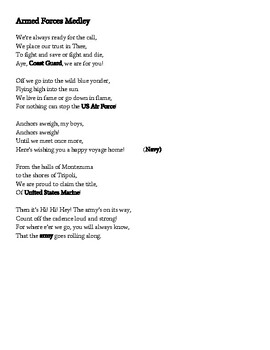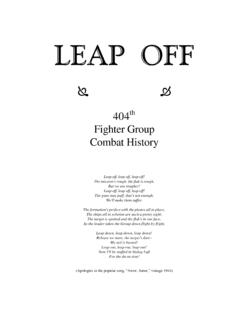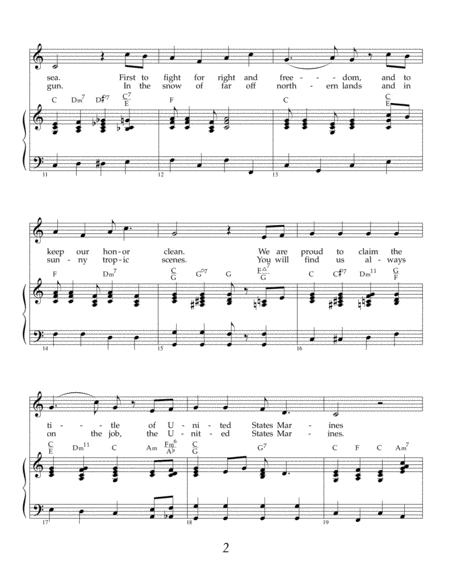


Different Routes for Inducing Mental Images Mental Imagery of Perception as Memory Retrieval (Direct Simulation) We discuss the motor-to-sensory integration process and propose some working hypotheses regarding certain neural and neuropsychiatric disorders from the perspective of the proposed internal simulation and estimation mechanisms. Studies of mental imagery of speech are summarized to provide evidence for the proposed account-and for the coexistence of both mechanisms. We suggest that the deployment of these two distinct mechanisms depends on task demands and contextual influence. We propose a motor-based mechanism that is an alternative (additional) mechanism to Kosslyn's memory-attention-based account ( Kosslyn, 1994, 2005 Kosslyn et al., 1994): planned action is simulated in motor systems to internally derive the representation of perceptual changes that would be caused by the actual action (perceptual associations). We focus here on the role of the motor system in the construction of perceptual experience in mental imagery. However, the top-down “induction mechanism” for the neural activity mediating mental imagery is not well understood. The demonstration of activation in corresponding perceptual regions during mental imagery has provided strong evidence to support the claim that the perceptual experience during mental imagery is mediated by modality-specific neural representations (see the review by Kosslyn et al., 2001). Neuroimaging studies have shown that common neural substrates mediate mental imagery and the corresponding perceptual processes, such as in visual (e.g., Kosslyn et al., 1999 O'Craven and Kanwisher, 2000), auditory (e.g., Zatorre et al., 1996 Kraemer et al., 2005), somatosensory (e.g., Yoo et al., 2003 Zhang et al., 2004), and olfactory domains (e.g., Bensafi et al., 2003 Djordjevic et al., 2005).

Mental imagery can be characterized as a quasi-perceptual experience, induced in the absence of external stimulation. Considering the proposed simulation-estimation processes as common mechanisms for interaction between motor and perceptual systems, we outline how mental imagery (of speech) relates to perception and production, and how these hypothesized mechanisms might underpin certain neural disorders. (2) Motor simulation is sufficient to internally induce the representation of perceptual changes that would be caused by actual movement (perceptual associations) however, this simulation process only has modulatory effects on the perception of external stimuli, which critically depends on context and task demands.

On the basis of previous findings in mental imagery of speech, we argue for the following regarding the induction mechanisms of mental imagery and the interaction between motor and perceptual systems: (1) Two distinct top-down mechanisms, memory retrieval and motor simulation, exist to induce estimation in perceptual systems. Imagined speech production (“articulation imagery”), which induces the kinesthetic feeling of articulator movement and its auditory consequences, provides a new angle because of the concurrent involvement of motor and perceptual systems. However, how modality-specific representations are top-down induced and how the action and perception systems interact in the context of mental imagery is not well understood. The neural basis of mental imagery has been investigated by localizing the underlying neural networks, mostly in motor and perceptual systems, separately.


 0 kommentar(er)
0 kommentar(er)
